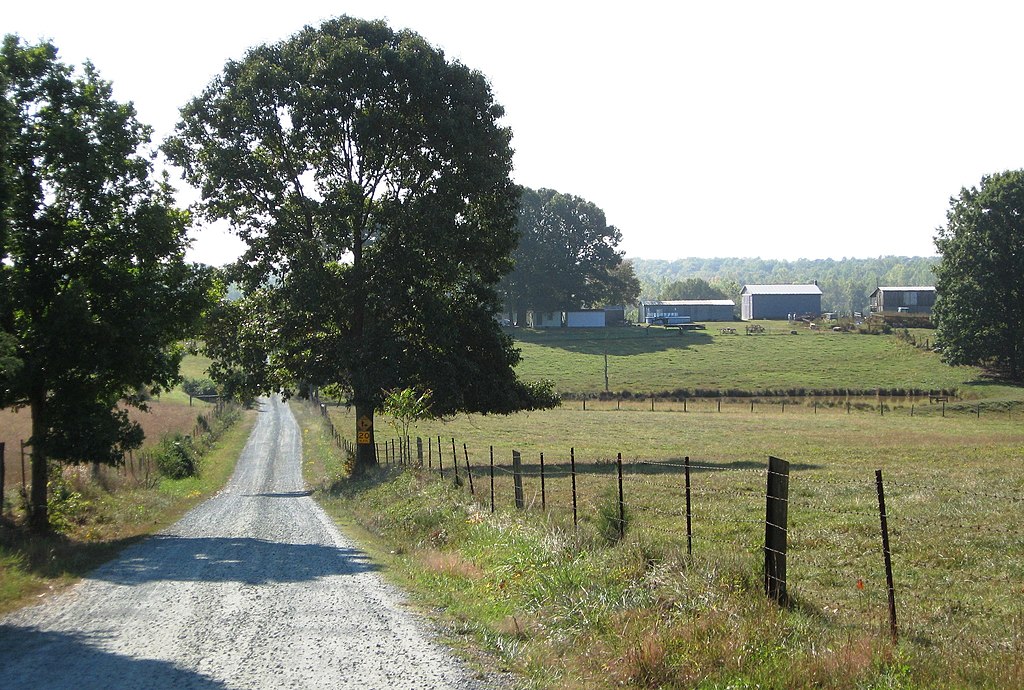Head to the Roof with Project EMMA
Growing on a roof in downtown Asheville, N.C. are beans, cucumbers, tomatoes, salad mix, radishes, lavender, rosemary, lemon balm, basil and other plants.
The result of a partnership between the Appalachian Sustainable Agriculture Project and the Council on Aging of Buncombe County, Project EMMA (for Eat better, Move More, Age well) is located on top of the Battery Park Apartments building.
Blue Cross Blue Shield of NC Foundation supplied the grant for the multipartner program. ASAP’s role is to help increase access to local food for residents of two downtown apartment buildings and for clients of the Council on Aging’s Senior Meal Program. The YWCA provides exercise opportunities for seniors.
Weekly activities at the roof garden include tea and pesto making, and walking trips to downtown tailgate markets provide an opportunity for seniors to get out for exercise while feasting on local produce. Nutrition talks and simple cooking demonstrations also make eating more fruits and vegetables easy and delicious.
Celebrate Food Independence Day!
Roger Doiron, the founder of Kitchen Gardeners International and the mastermind behind the EatTheView.org campaign, has come up with another idea: Food Independence Day on July 4.
Doiron’s challenge is for each of us to declare our food independence by sourcing the ingredients for our holiday meals as locally, sustainably and deliciously as possible and to ask our nation’s governors to do the same.
His petition is posted at www.foodindependenceday.org and on Facebook, and he’s encouraging people to spread the word by grabbing one of his buttons or his flash widget for their blog, social network, website or newsletter.
The petition urges the first families of the 50 U.S. states and territories to “Whet our appetites by publishing your planned menu in advance of the holiday. Share your recipes and the names of the local farmers, fisherfolk, and food producers whose ingredients you’ll be using. Make it into a friendly competition with the other first families to see who can serve the meal that inspires the most while traveling the least.”
We’re thinking the Southern governors have a good chance of winning this competition! Let’s make sure they participate.
West Virginia Puts Its Money Where the Food Is
Three farmers’ markets in West Virginia—one of them brand-new—will receive up to $50,000 in matching funds this year from the state Department of Agriculture to develop year-round farmers’ markets, giving growers large and small additional space and seasons to sell their products.
One of the projects will expand the established Community Growers Market from a seasonal market to a year-round market. The market is operated by Heart and Hand House that works with senior citizens and limited-income residents to encourage consumption of healthy local foods.
Since the mid-1990s, the number of farmers’ markets in West Virginia has more than tripled. In 2008, more than 110 farmers’ markets and farm stands were located throughout the state.
Shoppers at these markets and the growers that supply them know, just as songwriter Guy Clark does, about the two things that money can’t buy: “true love and homegrown tomatoes.”
Related Articles
Latest News

Leave a comment
Your email address will not be published. Required fields are marked *






Leave a Comment